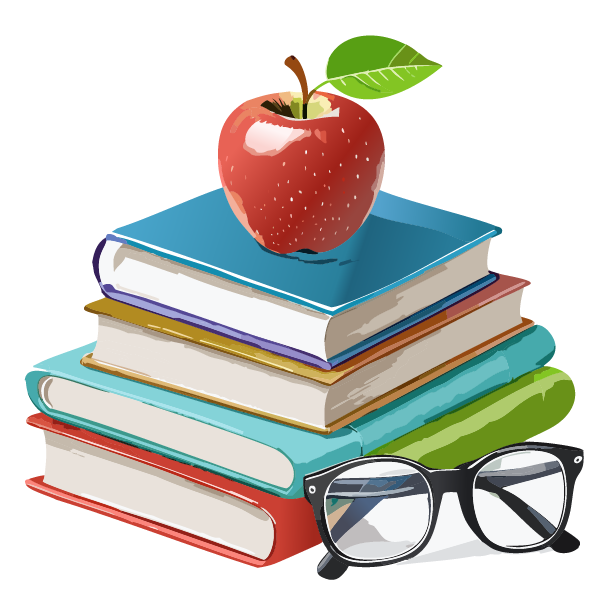K-12 students learn through a variety of methods and approaches that cater to their developmental stages, individual learning styles, and the educational environment. Here are some key ways K-12 students learn:
1. Active Learning:
- Hands-on Activities: Students engage in experiments, projects, and other activities that require them to apply what they’ve learned in a practical setting.
- Interactive Lessons: Use of tools like smart boards, educational software, and interactive online resources to engage students in the learning process.
2. Direct Instruction:
- Teacher-Led Instruction: Traditional classroom teaching where the teacher presents information directly to students, often followed by guided practice.
- Lectures and Demonstrations: Students learn by listening to explanations and watching demonstrations, often followed by note-taking and discussions.
3. Collaborative Learning:
- Group Work: Students work together on projects or problems, learning from each other and developing teamwork skills.
- Peer Tutoring: Students help each other understand concepts, often with one student teaching another.
4. Differentiated Instruction:
- Tailored Learning Experiences: Teachers modify lessons to meet the needs of students with different abilities, learning styles, or interests.
- Individualized Education Plans (IEPs): For students with special needs, personalized plans ensure they receive the support required to succeed.
5. Technology-Enhanced Learning:
- Online Resources and Tools: Use of educational websites, apps, and software to supplement learning.
- Blended Learning: Combines traditional classroom instruction with online learning activities, giving students some control over time, place, and pace of learning.
6. Social and Emotional Learning (SEL):
- Self-Awareness and Management: Teaching students to understand and manage their emotions, set goals, and develop empathy.
- Relationship Skills: Developing the ability to establish and maintain healthy relationships, work in teams, and handle interpersonal conflicts.
7. Inquiry-Based Learning:
- Problem-Solving: Students are encouraged to ask questions, explore, and solve problems, often leading to a deeper understanding of the subject matter.
- Research Projects: Students investigate a topic of interest, gather information, and present their findings.
8. Cultural and Environmental Influences:
- Cultural Relevance: Learning that connects to students’ backgrounds, experiences, and cultural identities, making education more relatable and meaningful.
- School Environment: The physical and emotional climate of the school, including safety, resources, and support, significantly affects learning.
9. Motivation and Engagement:
- Intrinsic Motivation: Fostering a love of learning for its own sake, encouraging curiosity and a desire to succeed.
- Extrinsic Motivation: Use of rewards, grades, and recognition to motivate students to engage in learning activities.
10. Assessment and Feedback:
- Formative Assessment: Regular, low-stakes assessments help teachers understand what students are learning and where they need more support.
- Summative Assessment: Tests, exams, and other high-stakes assessments measure what students have learned over a period of time.
- Feedback: Constructive feedback from teachers helps students understand their strengths and areas for improvement.
11. Project-Based Learning (PBL):
- Real-World Projects: Students work on complex questions or challenges over an extended period, culminating in a final product or presentation.
- Interdisciplinary Learning: PBL often integrates multiple subjects, allowing students to make connections across different areas of knowledge.
12. Play-Based Learning:
- Especially in Early Grades: Young students learn through play, which helps develop cognitive, social, and motor skills in a natural and engaging way.
These methods often overlap, and effective education for K-12 students typically involves a combination of these approaches, adjusted to fit the needs of the individual student and the specific context of the classroom.


